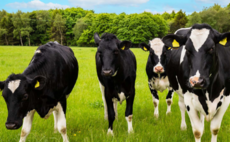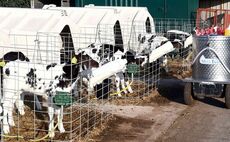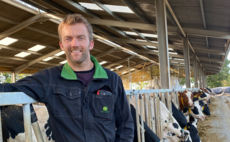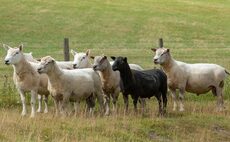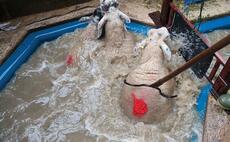Welfare
Livestock
Getting the optimum quantity and quality of colostrum is key for new born calves but making the right choice when it comes to following on from colostrum onto milk replacers is also vital.
Livestock
For Mark and Susie Mottershead, who farm at The Brook, Wrexham, the 2020 lockdown prompted a focus on calves within their pedigree Holstein herd which were not performing as well as they wanted them to.
Livestock
When rearing all your own replacement heifers within a closed herd, the team at the University of Edinburgh’s Langhill Farm says it is particularly important calves get off to a good start.
Livestock
With the aim of making their ice cream the ‘greenest in the world’, producing a highly efficient milking herd is a top priority for the team at Mackie’s, in Inverurie, Aberdeenshire.
Livestock
Through better calf rearing facilities and the initiation of early life vaccination against pneumonia, the Hann family has seen significant improvements in the health and well-being of the calves in their pedigree Holstein herd at Rodden Down, Frome, Somerset.
Livestock
With rising costs and the need to be carbon conscious, breeding productive, efficient and profitable dairy cattle has never been so paramount.
Livestock
Teaser rams can be an effective way of compacting your lambing period, however making sure they are used correctly and kept in optimum condition, is key to success, according to Rhys Hopkins of Paragon Vets, Cumbria. Katie Fallon reports.
Livestock
Tests have confirmed ML resistant sheep scab mites can be effectively controlled with organophosphate (OP) plunge dipping.
Livestock
A farmer who failed to comply with livestock disease control measures has been ordered to pay £8,646 in fines and costs.
Livestock
Updates on the latest wormer advice and how to prevent costly treatment regimes have been on the agenda at sheep focussed events recently. Katie Fallon reports.
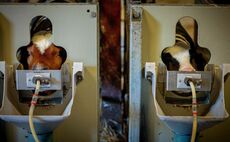
 19 August 2022
•
4 min read
19 August 2022
•
4 min read


